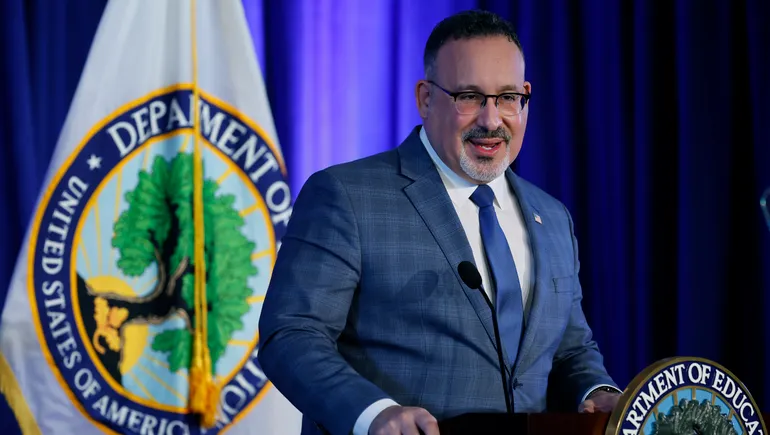This year, UK’s IT services team standardized on a 10.9-inch iPad Air with 64 gigabytes of storage, a Smart Keyboard that doubles as a cover and a second-generation Apple Pencil. The university pays to lease the tablets and purchases AppleCare extended warranty coverage.
The university standardized on the iPad because of its app ecosystem and affordability, and because the tablet, paired with a keyboard and pencil, is the right tool to help students hit the ground running, Price says.
IT services manages the iPads using Jamf’s mobile device management software. If a student loses his or her iPad, the IT staff can use Jamf to locate it, he says.
Students log in with their Apple IDs and can download educational applications such as Microsoft Office. Today, 87 percent of students regularly use the iPads to study, do research, access coursework and take notes and exams, university leaders say.
“Technology is embedded in every facet of our lives and work,” Turner says. “A lack of access to technology can increase learning gaps and decrease opportunities for many students. What the iPad initiative has helped us do is level the technology playing field for students from all backgrounds.”
Grant Enables Lincoln University to Launch Laptop Program
Lincoln University in Jefferson City, Mo., recently received a $2.9 million digital equity grant from the federal government. The Connecting Minority Communities Pilot Program provided the funds for the historically Black college to improve internet access, equip students with computing devices and increase remote learning opportunities.
Lincoln, which has about 1,300 full-time students on its main campus, plans to provide each student with a laptop. This fall, it issued Lenovo ThinkPad E14 laptops to first-year students and sophomores who need devices. It also provides flash drives for storage, and it just launched a pilot for a mobile hotspot loaner program.
The technology is making a difference for students, many of whom come from low-income backgrounds, says Jeffrey Barlow, the university’s vice president of administration and finance. In fact, about half of Lincoln’s students receive Pell Grants. Some students are first-generation college students who can’t afford to buy textbooks, so providing devices that give them the option to access lower-cost or free digital textbooks is critical, he says.
As part of its digital equity effort, the university is also using the grant to upgrade Wi-Fi across campus, and plans to equip 60 classrooms with video cameras so professors can record lectures or allow students to attend class sessions remotely if they can’t make it to the classroom.
Click the banner below to learn how to optimize your university’s device management program.
#Computing #Device #Programs #Pave #Digital #Equity








